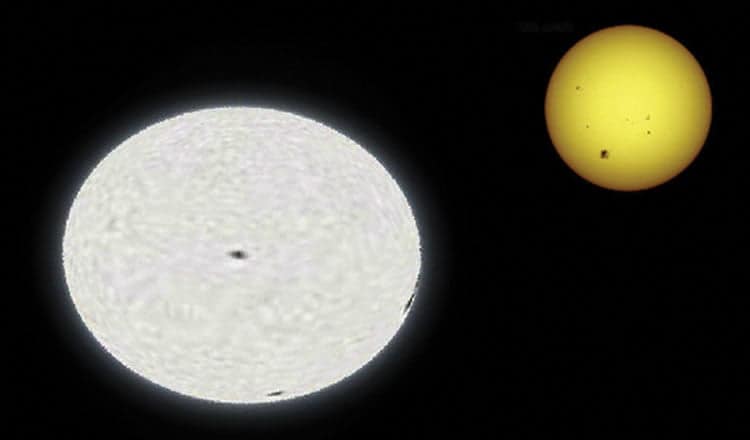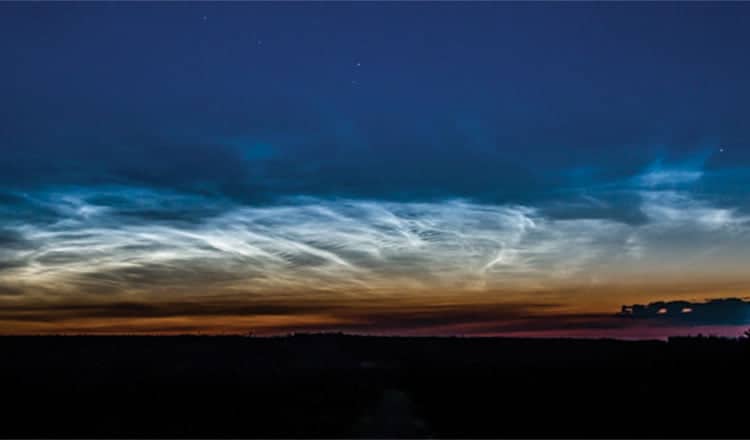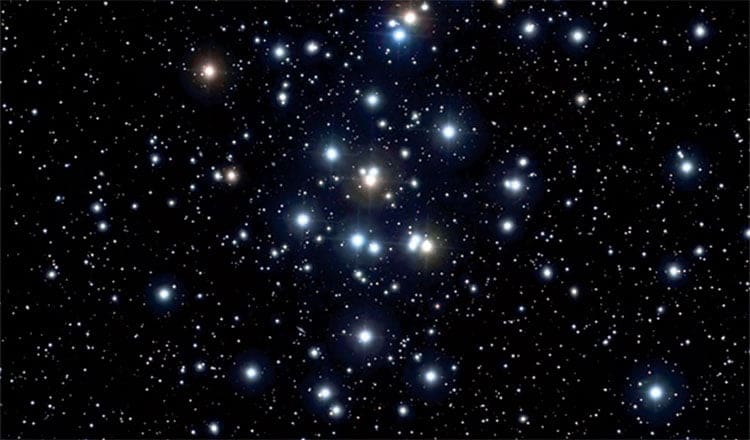The month of February offers long, clear, cold nights, and a chance to explore five of the finest star clusters in the Yukon Night Skies.
To begin our cosmic journey look high overhead and you will find the constellation of Auriga, the Charioteer. To identify this constellation, locate the brightest star overhead. This will be the star Capella, the sixth brightest star in the night sky.
Using Capella as a starting point, move your binoculars in a diagonal direction 15 degrees, or about three binocular fields.
Here is the first open star cluster on our star cluster tour, M38. In binoculars this open star cluster looks more like a small greenish cloud with a couple of stars sprinkled in for good measure. By using a spotting scope, or small telescope, a dozen or so stars are visible and the greenish cloud seems to be less prominent.
The next star cluster, M36, is a couple of degrees away from M38 in a downward diagonal direction. In binoculars the view is similar to M38, though marginally brighter.
Moving eastward about five degrees, or one binocular field, you will see the open cluster M37.
This is the jewel of the Auriga open star clusters. The M37 star cluster holds around 150 stars, all swarmed together in a tight collection. On a clear cold night it looks like a sprinkling of star dust.
Using my big telescope at low power this open star cluster looks 3D, a most impressive sight indeed. With a larger telescope, there is even a giant red star visible, like a ruby in a field of diamonds. In small telescopes and binoculars the cluster is a superb splash of stars.
For our next star cluster we visit M35: the premier open star cluster in the Yukon Night Skies. M35 is so bright that it can be seen with the unaided eye as a distant hazy patch of light.
To find this awesome star cluster, use the star cluster M37 as a starting point. Then move your binoculars in a southeasterly direction about 15 degrees, or three binocular fields, towards the feet of the constellation of Gemini.
In binoculars a half a dozen or so stars are easily visible, surrounded by a strong glow from the other 200 or so stars. This open star cluster is best viewed in small telescopes or spotting scopes. The stars splash across the entire field of view in your eyepiece, looking like wet diamonds on black velvet.
The last open star cluster is also visible to the unaided eye, on a clear dark night. This star cluster is known by many names, including the Beehive Cluster, The Praesepe Cluster, or M44.
Unlike our previous star clusters which were 4,000 light years distant or more, the Beehive star cluster is a mere 525 light years distant. People have recorded this mysterious glow in the night sky as early as the third century BC.
This open cluster is best viewed in binoculars; dozens of individual stars are visible, filling the eyepieces with a truly memorable sight.
Down from the centre of this star cluster are three stars of identical brightness forming a perfect triangle. On a last note this star cluster lies near the ecliptic and therefore is often visited by the moon and the planets.
As for planetary viewing in February, there are some highlights. First there is Jupiter in the early evening southwestern sky. Enjoy the view while you can, as Jupiter is sinking lower and lower into the horizon each evening. By the end of February Jupiter will be resting low in the bright twilight.
On February 6, Jupiter and the moon make a stunning pair in the evening sky. This will be an excellent binocular target as these two cosmic jewels are only five degrees apart, or about one binocular field. This will also make an excellent photo opportunity.
With Jupiter slowly disappearing into the horizon, Saturn – the ringed gas giant – will gradually be found in the constellation of Virgo in the southeastern sky.
As February begins Saturn clears the horizon by 1 am, but by month’s end the planet clears the horizon by 10 pm.
Another bonus is that the rings are no longer edge-on, they are at a 10-degree open tilt, presenting fabulous views of Saturn’s intricate ring system and moons.
Winter night skies are the clearest and the darkest, offering the best skies for celestial viewing. So take some time, your binoculars, a Sky News magazine, a coffee and go see those amazing Yukon Night Lights for yourself.
Clear Skies!
James “Deep Sky” Cackette can be reached at [email protected]. See his photo adventures on Facebook at Yukon Night Skies.




